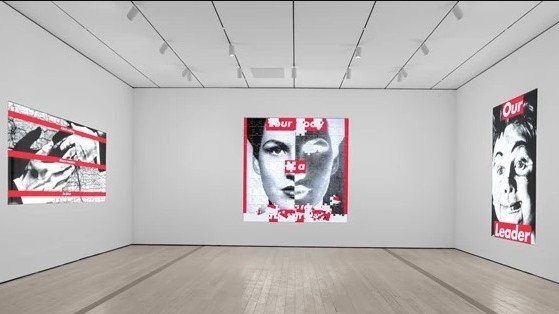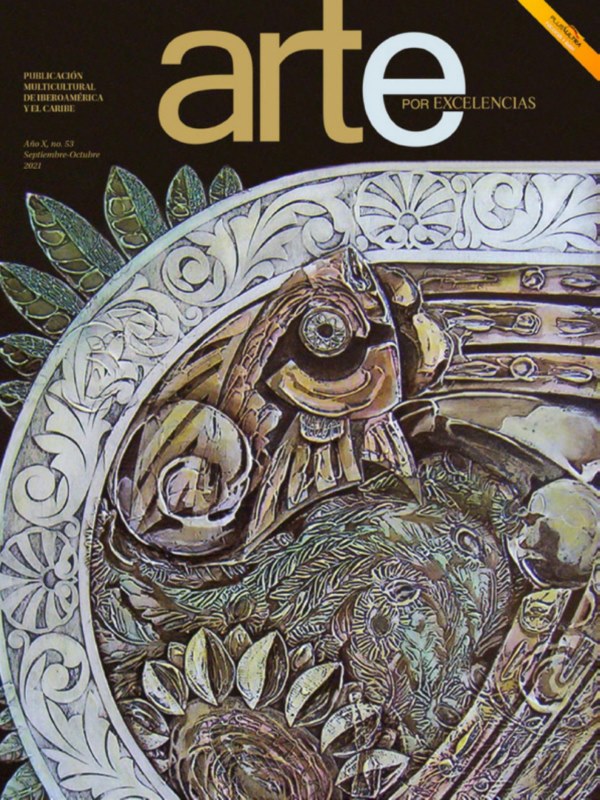Originating in England in the late 1950s, the Pop art movement took hold in the United States after receiving support from critics such as British writer and curator Lawrence Alloway, who coined the term “Pop art” in 1958. Alloway also organized the seminal 1963 Guggenheim exhibition Six Painters and the Object, which introduced the movement to the American public. He had initially considered titling the exhibition Signs and Objects, a phrase chosen for this presentation of works from the Guggenheim collections.
Encouraged by the economic vitality and burgeoning consumerist society of post–World War II America, artists such as Roy Lichtenstein, Claes Oldenburg, James Rosenquist, and Andy Warhol explored the visual language of popular culture—the term from which the art movement derives its name—taking inspiration from advertisements, pulp magazines, newspapers, billboards, movies, comic strips, and shop windows. The cool detachment and harsh, impersonal look of Pop art signaled a direct assault on the hallowed traditions of so-called high art and its emphasis on the personal gesture, or free-flowing brushwork, which had been championed by Abstract Expressionists of the previous generation, such as Jackson Pollock and Willem de Kooning. The works in this exhibition, presented with—and sometimes transformed by—humor, wit, and irony, may be read as both an unabashed celebration and a scathing critique of popular culture.
Galleries: 201, 202, 203, 204 and 208
Curators: Lauren Hinkson and Joan Young
On the cover: Roy Lichtenstein
Grrrrrrrrrrr!!, 1965
Oil and Magna on canvas
172.7 x 142.5 cm
Solomon R. Guggenheim Museum, New York
Gift of the artist, 1997
Photo © Solomon R. Guggenheim Foundation, New York. All Rights Reserved.
Source: Guggenheim Collection
Related Publications

Barbara Kruger – No Comment
November 29, 2024
Solastalgia: Julian Charrière
November 28, 2024
William Kentridge, «More Sweetly Play the Dance»
November 26, 2024










